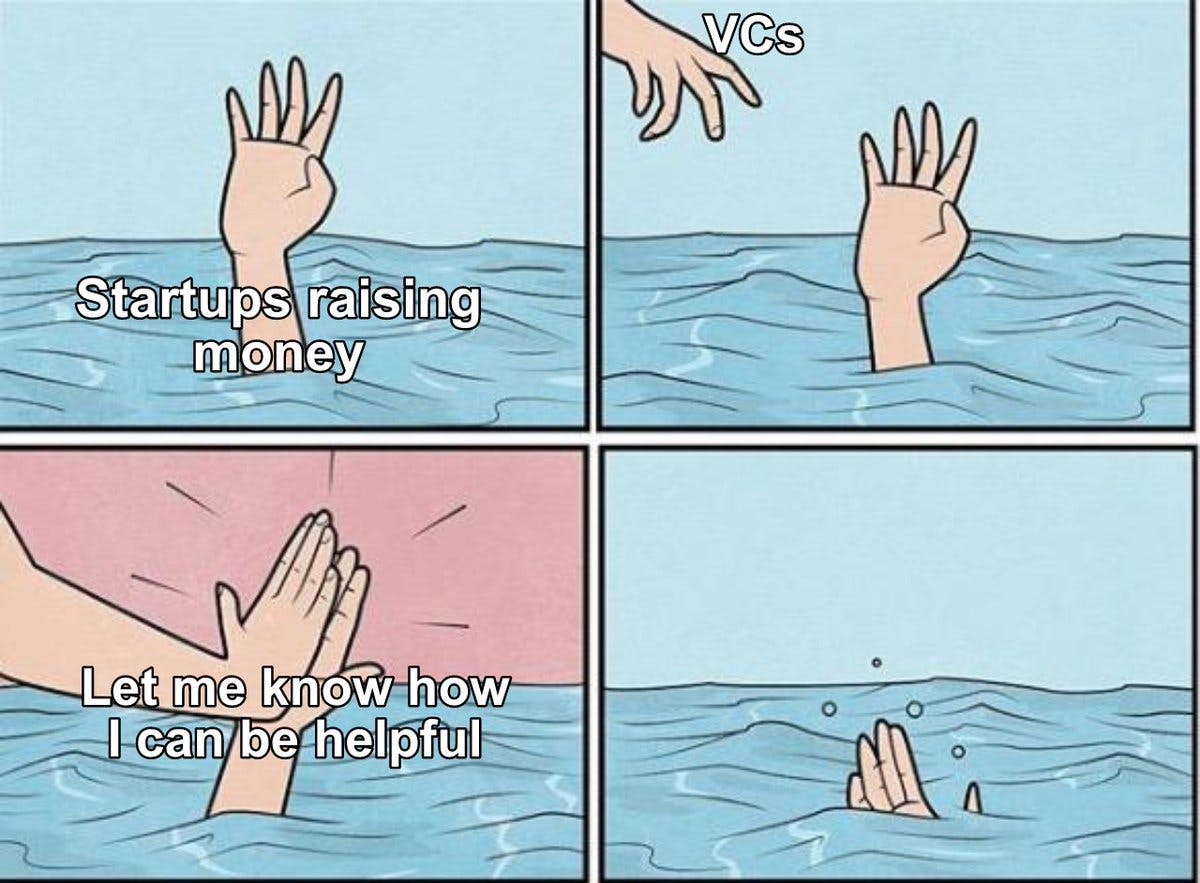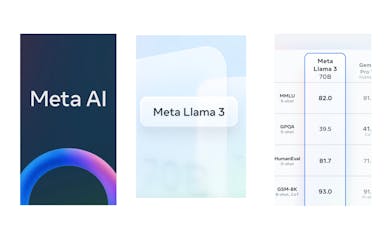Founders deserve more from their investors

I didn’t feel like I was doing enough to help the startups I was funding. So I built a platform to fix it.
Being a founder is hard as hell.
You have an idea, you build either full time or on the side, put your heart and soul into pitches that get one hundred no’s before you get to the yes, and when your side hustle is your full-time hustle, you have this massive responsibility to make it successful, with people’s livelihoods and capital on the line in addition to your own.
No pressure.
As an investor, I work with hundreds of founders who are grinding every day to turn their dreams into a reality—and with big ideas.
In addition to capital, it’s my job to help in any way I can: make intros, give feedback, connect them to communities, give talks, show up for them in a way that’s meaningful.
There are two problems with this:
- Founders are busy and can’t put tasks on a silver platter
- Investors want to help, but don’t want to step on toes
I was frustrated and hated myself every time I ended a founder call with, “let me know how I can be helpful.” I was determined to fix it.

Taking inspiration from a prolific community builder
Around the same time I was reaching my breaking point on the founder <> investor issue, I was exposed to a unique approach to community building. Instead of the traditional route via brand gifts and thank you emails, Kris Rudeegraap converts his advocates into owners by giving them small equity grants in his company, Sendoso.
And the return is astounding: “our advisor strategy has led to millions of dollars in ARR, hundreds of thousands saved on recruiting fees, and accelerated our category leadership.”
I knew his strategy hit on a key belief in the power of distributed communities: make people owners, align them with a common goal, and they will be your biggest advocates.
But how did he keep everyone organized?
He didn’t really have a great solution. His tech stack was all over the place: docusign, google spreadsheets, Carta, Salesforce, LinkedIn and Lever in addition to a few dozen bespoke apps and scripts to stitch everything together.
I knew Kris was onto something.
So I set out to build the solution to both of our problems.
Building on founder feedback
I’ve known Fahim since we worked together at Yammer and we’ve stayed close throughout the years. He was my first call when I started thinking about how we could solve these issues.
So we did the moonlighting thing. We riffed and worked weekends and nights. We set out to build something that made it easy for founders to let investors know what they needed and easy for investors to help.
Our guiding principle was to iterate as quickly as possible. The faster we could collect feedback, code improvements, and ship, the better we’d serve our users. We wanted to build a culture where people were always working on the right things and we were always pushing ourselves to turn over inventory i.e. releasing better versions of our product. We called it being in the business of iteration.
We bootstrapped a product to help Kris interact with his advisors and soon realized the potential it had to help founders get more out of their supporters.
The early feedback we received from founders helped us push this idea even further. There hadn’t been a flywheel that worked for both founders and investors before. And we were building the first tool that came close.
A shift in power dynamics
What their feedback uncovered led us to this: the future of founder and investor relations shifts the power dynamics from favoring investors (founders reporting to investors) to favoring founders (investors working for/contributing to founders).
Everything we build services this insight by enabling founders to get more out of their investors and advisors while also enabling investors to do more for founders.
Deal Boards is an example of this shift in action.
Founders share a link with their investor community. When an investor clicks on the link, they can see target companies, who they’re connected to at each one, context for their stage in the pipeline, and ideal buyer personas.
The ask is simple: can you help us connect to any of these companies?
The action, even simpler: the investor clicks a button to copy a pre-drafted introduction to send from within Cabal or their own email client.
This yields a network effect that enables many people to participate, while making the collaboration loop easy and clear.
Contributions are tracked on a leaderboard so founders can see who their most helpful investors are.
Being a founder is hard as hell but activating your investor community shouldn’t be.
Comments (3)
Daniel Engels
front-end, marketing & tech
staj hesap
aaaa
[Lodestone] Pooja patel 007
test headline
More stories

Kyle Corbitt · How To · 3 min read
What we've learned in 3 days of Llama 3

Aaron O'Leary · Announcements · 2 min read
Introducing Shoutouts

Finn Lobsien · Opinions · 5 min read
Can Devin AI Replace Product Managers?

Aaron O'Leary · News · 2 min read
Meet Nvidia's new localized AI chatbot

Sarah Wright · News · 2 min read
The top 15 AI products from 2023

